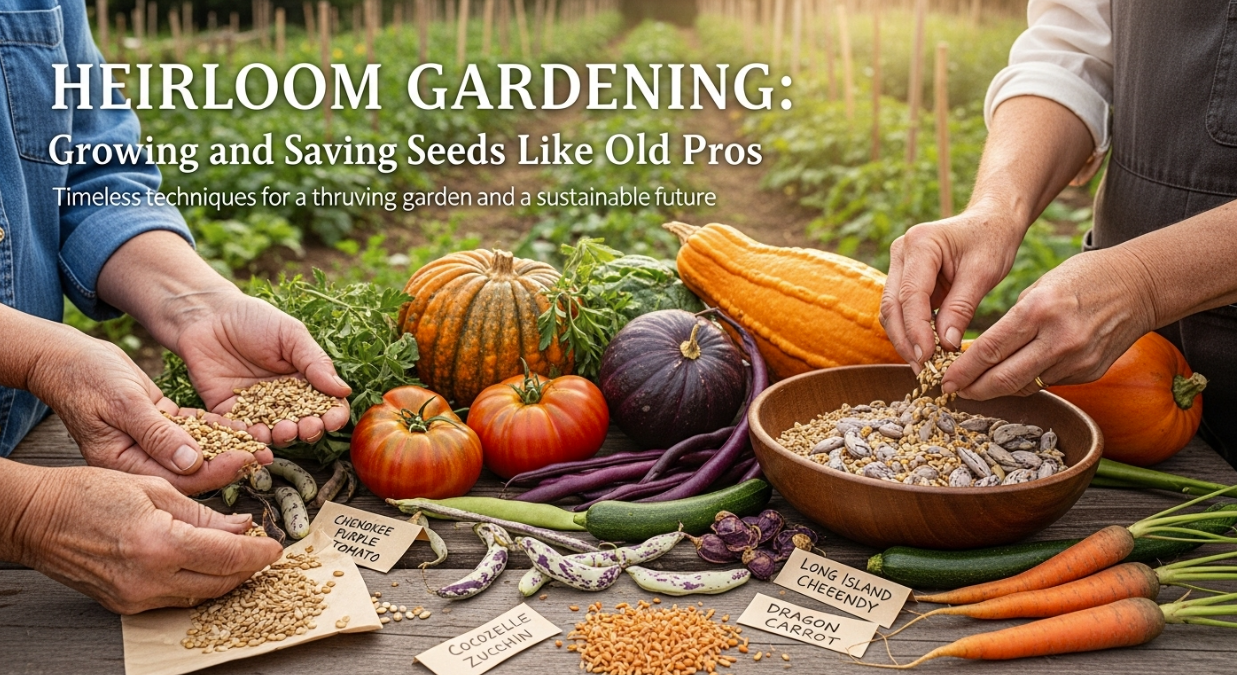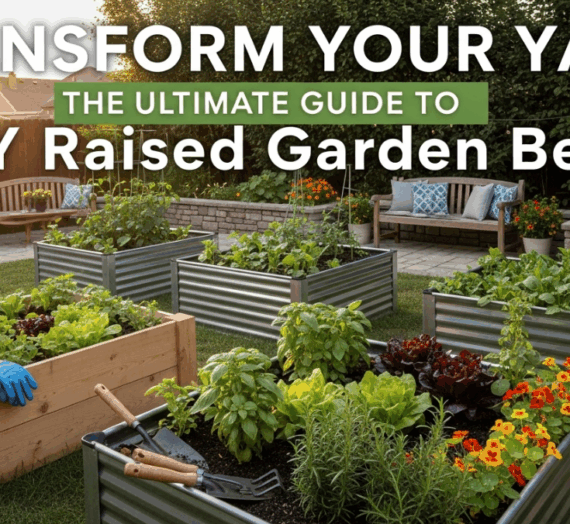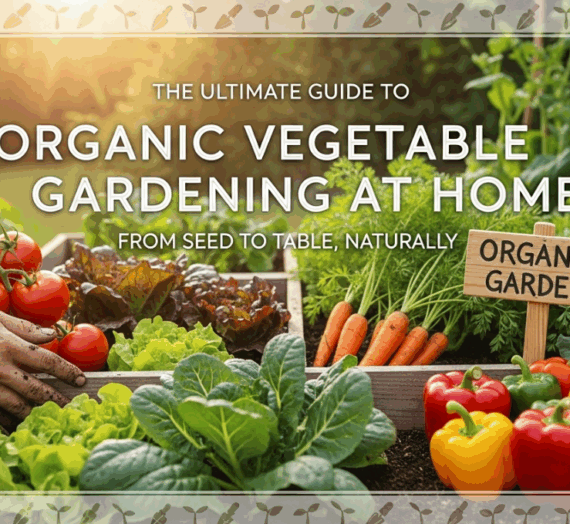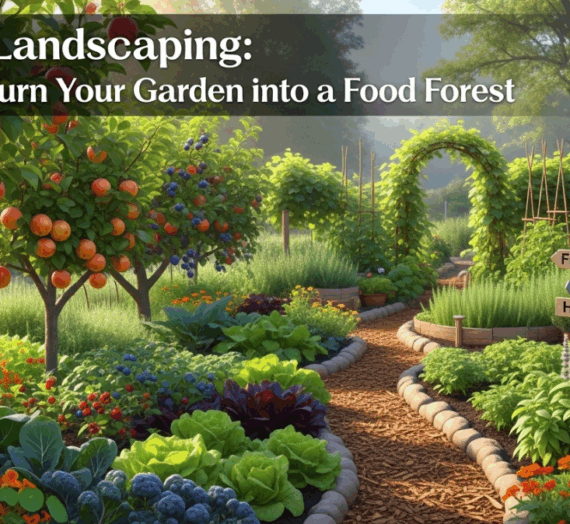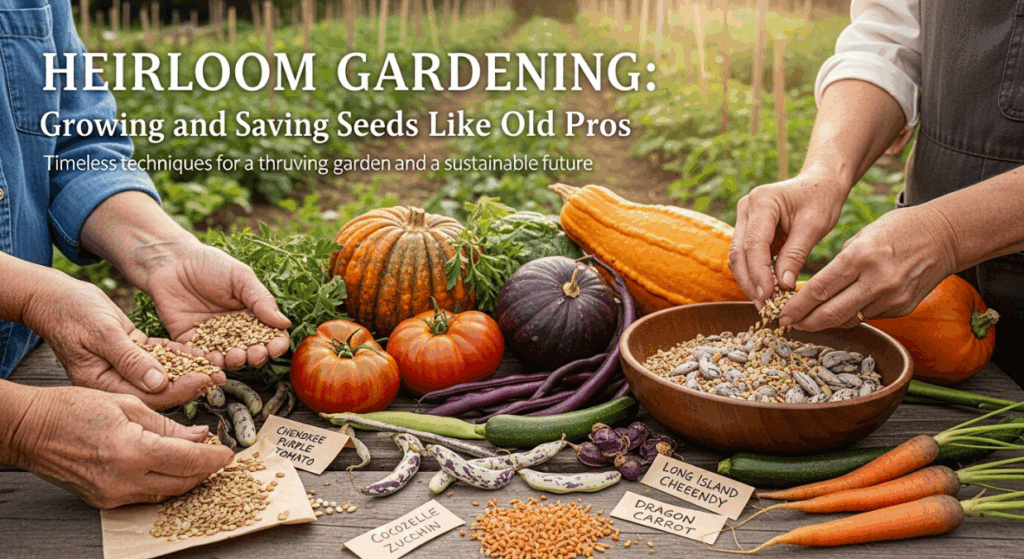
Introduction
Heirloom gardening reconnects us with the traditions of our ancestors, preserving rare and flavorful plant varieties that have thrived for generations. Unlike hybrid or genetically modified seeds, heirloom seeds are open-pollinated, allowing gardeners to save and replant seeds year after year with consistent results. In this comprehensive guide, you’ll learn the secrets of heirloom gardening from selecting heritage seeds to mastering seed-saving techniques so you can cultivate a vibrant, self-sustaining garden that celebrates biodiversity and flavor.
What Is Heirloom Gardening?
Heirloom gardening focuses on growing open-pollinated plant varieties that have been passed down through families or communities for decades, sometimes even centuries. These plants breed true-to-type, meaning the seeds you save will produce plants almost identical to the parent. Heirloom varieties offer robust flavors, unique shapes, and a rich history that connects modern gardeners with agricultural traditions.
Open-Pollinated vs. Hybrid Seeds
Open-pollinated seeds rely on natural pollinators like bees, wind, or insects, allowing genetic diversity within a variety. Hybrid seeds are created by cross-breeding two different parent plants to achieve specific traits often at the expense of seed viability in subsequent generations. If you’re committed to seed saving and preserving heritage varieties, heirloom gardening with open-pollinated seeds is the way to go. For detailed studies on seed viability and pollination methods, see research on open-pollinated versus hybrid seeds and seed saving techniques in heirloom gardening.
Benefits of Heirloom Gardening
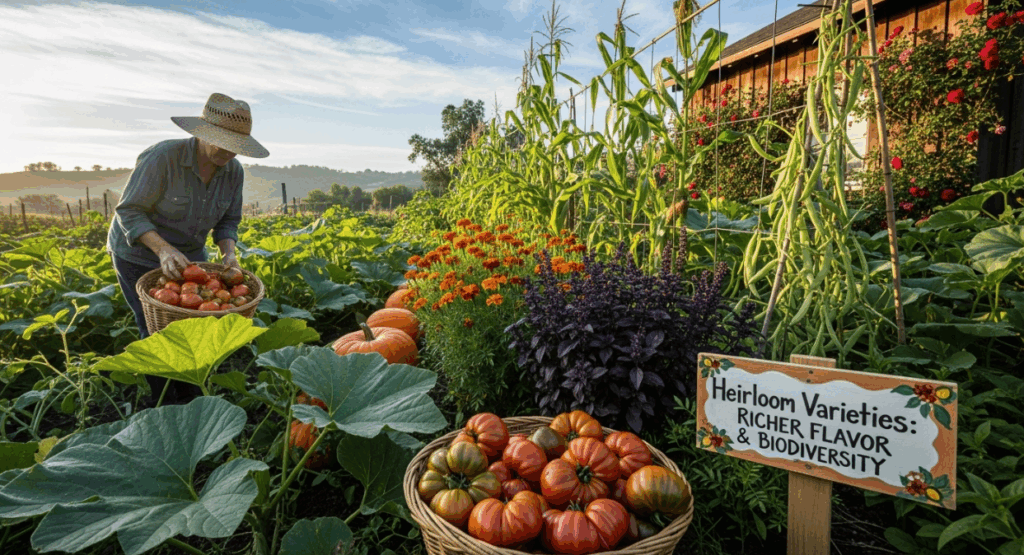



Embracing heirloom gardening brings a host of rewards. First, you contribute to preserving genetic diversity, protecting plants from disease and climate fluctuations. Second, heirloom vegetables and flowers often have superior taste, texture, and nutritional value compared to commercial hybrids. Third, saving seeds reduces costs and dependence on seed suppliers, empowering you to become a steward of your own garden’s future. For more on biodiversity benefits, consult studies on heirloom gardening and biodiversity.
Selecting Heirloom Seeds
Choosing the right heirloom seeds is the first step in your journey. Seek out reputable seed companies or local seed libraries that specialize in heritage varieties. Read descriptions to understand each plant’s growth habit, days to maturity, flavor profile, and climate adaptability. Popular heirloom vegetables include ‘Brandywine’ tomato, ‘Blue Lake’ pole bean, and ‘Golden Bantam’ corn. For flowers, consider ‘Queen Anne’s Lace’ or ‘Scarlet Runner’ bean blossoms.
Local Adaptation and Heritage Varieties
Local heirloom varieties have adapted over time to specific regions, offering better resistance to local pests, diseases, and weather conditions. Connecting with community seed exchanges or heirloom gardening groups can help you discover rare, region-specific varieties that thrive in your climate.
Seed Saving Basics
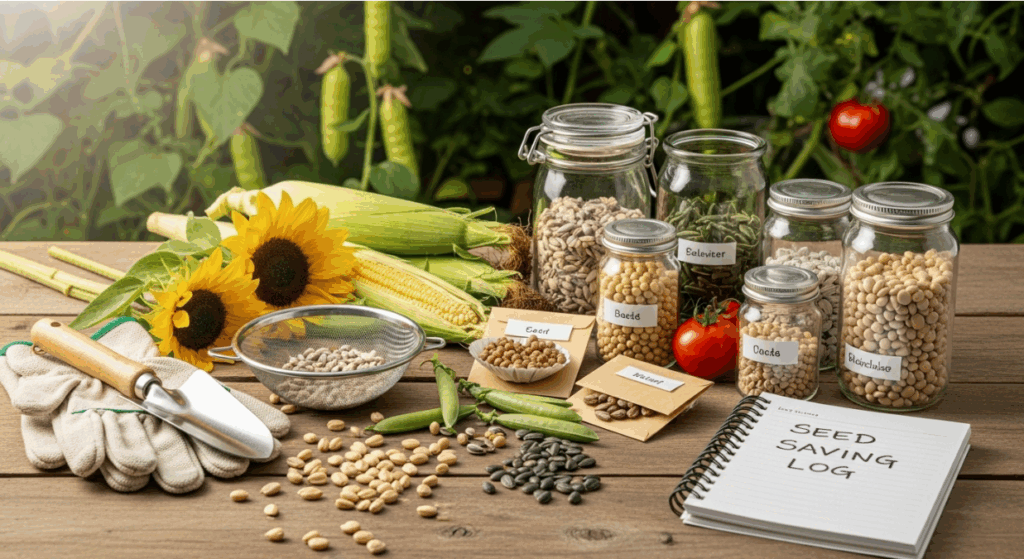
Saving seeds is both an art and a science. To ensure viability, harvest seeds from the healthiest, most vigorous plants in your garden. Allow fruits and pods to fully mature on the plant often longer than the eating harvest to ensure seeds are fully developed. Techniques vary by plant type: tomatoes require fermentation to remove pulp, beans and peas need pod drying, and lettuce seeds must be allowed to go to flower and form seed heads.
Drying and Cleaning Seeds
After harvesting, spread seeds on a paper towel or screen in a well-ventilated, shaded area. Turn them occasionally to prevent mold. Once fully dry usually one to two weeks remove chaff by gently rubbing or winnowing. Store cleaned seeds in airtight containers with a desiccant packet to maintain low humidity.
Maintaining Seed Purity
Cross-pollination can compromise heirloom seed purity, especially with plants in the same species like squash, peppers, or brassicas. To prevent accidental crosses, isolate varieties by distance (often 300–1,000 feet), use physical barriers like mesh bags over flowers, or practice hand-pollination, transferring pollen only between flowers of the same variety.
Hand-Pollination Technique
Use a small paintbrush or cotton swab to collect pollen from the anthers of one flower, then gently brush it onto the stigma of another flower of the same variety. Label flowers with tags and keep detailed records of pollination dates to ensure accurate seed lineage.
Designing an Heirloom Garden
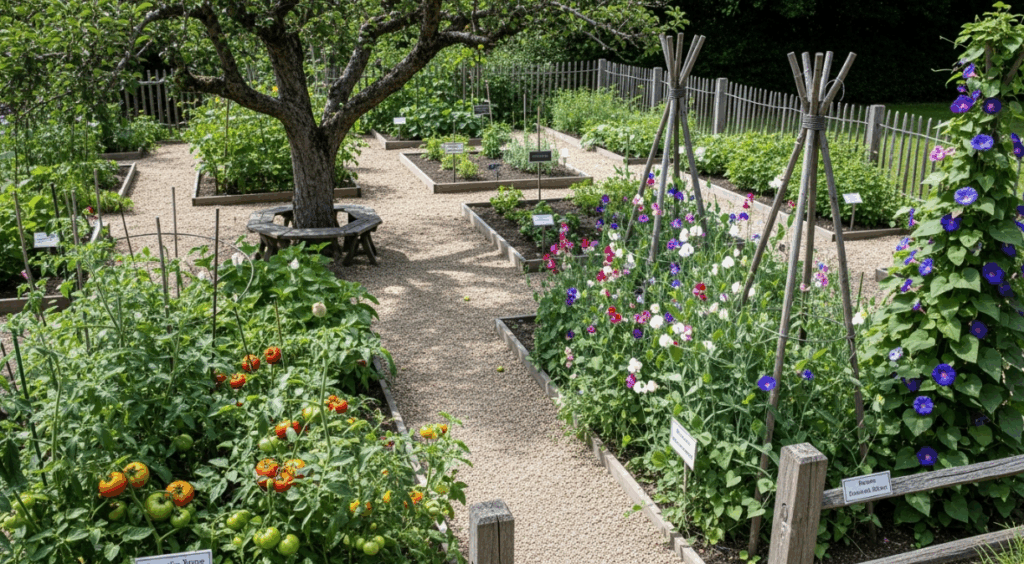



A well-planned garden layout maximizes both aesthetics and productivity. Group plants by pollination requirements and flowering times to simplify isolation efforts. Incorporate companion planting principles such as pairing basil with tomatoes to enhance flavor and deter pests. Raised beds or keyhole gardens can improve drainage and soil quality, creating optimal conditions for diverse heirloom crops.
Crop Rotation and Soil Health
Rotate plant families each season to reduce disease build-up and nutrient depletion. Introduce cover crops like clover or vetch in off-seasons to fix nitrogen, suppress weeds, and improve soil structure. Healthy soil is the cornerstone of robust heirloom plants and viable seeds.
Preserving Garden Biodiversity
Heirloom gardening is about more than just seeds it’s about fostering ecosystem resilience. Include flowering plants like calendula, borage, and cosmos to attract pollinators. Create habitat features such as a small pond or brush pile to support beneficial insects and wildlife. A biodiverse garden is better equipped to withstand pests, diseases, and environmental stress.
Community Seed Sharing
Joining seed libraries or local gardening co-ops amplifies biodiversity preservation. Share your harvested seeds and exchange surplus varieties with fellow enthusiasts. Community seed events often include workshops on seed-saving techniques, strengthening local food security and cultural heritage.
Common Pitfalls and How to Avoid Them

Even seasoned gardeners encounter challenges. Seeds stored in warm, moist conditions lose viability quickly. Keep seed containers in a cool, dark place ideally a refrigerator. Mold can ruin a seed batch; ensure seeds are bone-dry before storage. And remember, not all plants are easy seed savers biennials like carrots and onions require two seasons to produce seed.
Testing Seed Viability
Before planting saved seeds, perform a germination test. Place a sample of 10–20 seeds on a damp paper towel inside a plastic bag. Keep it in a warm spot and check after 7–14 days. A germination rate above 80% indicates a healthy seed batch; lower rates suggest you need to grow more plants for fresh seed.
Conclusion
Heirloom gardening empowers you to preserve genetic diversity, honor agricultural traditions, and enjoy exceptional flavors in your home garden. By selecting quality heritage seeds, mastering seed-saving methods, and fostering a biodiverse environment, you’ll cultivate a self-sustaining garden that yields year after year. Ready to join the heirloom gardening movement? Start saving seeds this season and become a guardian of garden heritage!
| Aspect | Details |
|---|---|
| Seed Type | Open-pollinated (Heirloom) vs Hybrid |
| Seed Saving Techniques | Harvest mature seeds, dry properly, store airtight |
| Maintaining Purity | Isolate varieties, hand-pollination to prevent cross-breeding |
| Garden Design | Group plants by pollination, companion planting, crop rotation |
| Biodiversity | Attract pollinators, community seed sharing, habitat features |
| Common Pitfalls | Seed storage conditions, viability testing, biennial seeds care |
